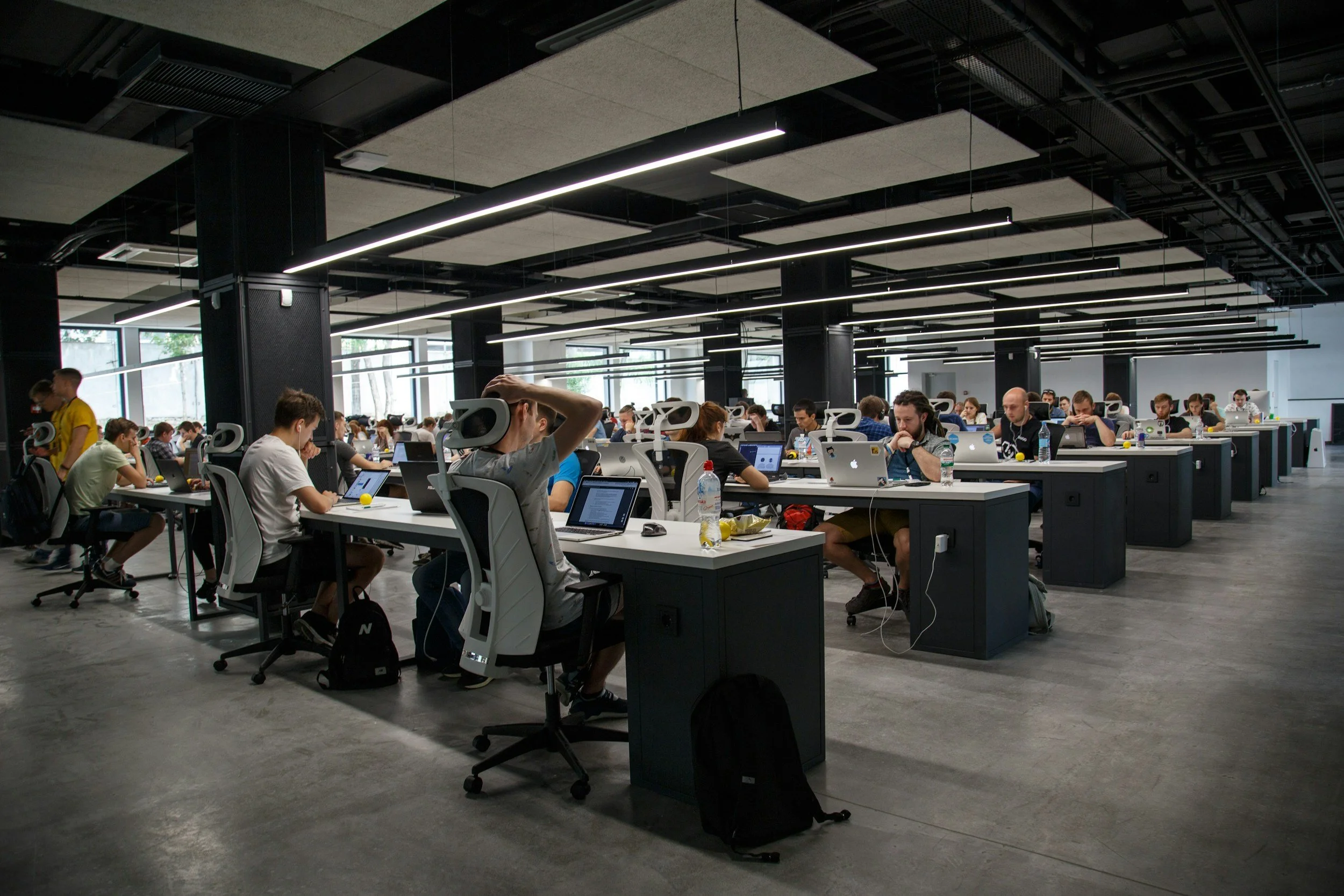Week 45: From Enterprise AI Adoption to the Rise of Infrastructure and Continual Learning
Welcome to the Gedankenfabrik AI update for week 45. This week, the pulse of AI runs through the core arteries of industry, infrastructure, and innovation strategy. Generative AI is no longer a futuristic add-on—it's becoming the norm for major enterprises. At the same time, massive bets are being placed on the physical backbone that will power this transformation, while both tech giants and startups race to make AI smarter, faster, and more deeply integrated into products, workflows, and even healthcare. Whether you’re leading adoption or watching from the sidelines, week 45 demonstrates that AI is moving from hype into hard-wired reality.
Generative AI: Now a Mainstream Engine of Enterprise Efficiency
In 2025, generative AI shifted from pilot projects to core production systems, with enterprises reporting dramatic impacts on productivity, customer experience, and even the structure of their business models. CIOs forecast a 75% annual growth in LLM budgets as companies move from isolated pilots to companywide deployments—over 40% of U.S. employees now regularly use AI at work. The most advanced organizations are unleashing generative agents not just to automate tasks, but to drive design, R&D, and customer engagement actively.
A compelling analogy: If classic automation is like moving from the typewriter to the word processor, generative AI is like hiring an entire creative team, available on demand, to write, analyze, and generate new business models. Yet, as AI permeates operations, culture gaps and the need for strategic alignment are rising. Only 5% of enterprises have fully scaled AI across workflows—a clear signal that competitive advantage now lies not just in adoption, but deep, coordinated integration.
Infrastructure Boom: AI Data Centers as the Digital Backbone
The invisible, energy-hungry backbone of AI got visible this week as investment in AI data centers reached historic highs. Over $1 trillion has been poured into just eight mega-projects in 2025, with forecasts up to $7 trillion for the decade ahead. National strategies are at stake—the AI compute arms race is now a matter of economic and geopolitical positioning for the U.S., China, the EU, and beyond.
These data centers are not just “server farms”; they're the new digital ports and power plants of the global economy. One advanced AI query can consume ten times the resources of a classic search—so infrastructure is being rewired for scale, speed, and sustainability. Power grid stress, supply chain complexity, and workforce development for specialized roles are all accelerating. It’s as if the internet itself is being re-laid, brick by digital brick, to handle the next era of AI-native activity.
The Battle of the Browser: OpenAI's Atlas Takes on Google
OpenAI’s launch of the ChatGPT Atlas browser is a direct challenge to the longstanding reign of Google Chrome. Unlike traditional browsers, Atlas puts ChatGPT at the center of your web interactions—not as a sidebar, but as the main interface for search, tasks, and automation. Its “Agent Mode” can book appointments, plan trips, and even automate multi-step web processes, while contextual memory transforms the user experience from static browsing to a dynamic, personalized workflow.
Think of Atlas as your digital executive assistant, navigating and acting on your behalf across the entire internet. With 800 million weekly ChatGPT users as a base, and Google facing increased antitrust scrutiny, the “AI browser wars” may quickly redraw the digital landscape. For business leaders and web developers alike, Atlas signals a need to reimagine how digital services are discovered, interpreted, and consumed.
Next-Gen Learning: Google’s ‘Nested Learning’ Redefines AI Model Memory
Google has unveiled a new “Nested Learning” paradigm, directly targeting one of machine learning’s oldest weaknesses: catastrophic forgetting. Rather than training models as a monolithic block, Nested Learning layers optimization problems within each other, allowing different parts of an AI to remember, update, and learn independently—much like the compartmentalized structure of human memory.
This architectural shift could close the gap between human adaptability and machine rigidity, ushering in LLMs that continuously grow and adapt without losing their previously acquired competencies. For those envisioning AGI, it's a foundational step: instead of post-it notes scattered on a desk, we now see the beginnings of well-organized, hierarchical filing systems—setting in motion a smarter breed of AI that evolves in real time.
Healthcare's AI Revolution: Accelerating Discovery, Diagnostics, and Patient Care
In healthcare, AI is catalyzing a powerful transformation—from slashing drug discovery timelines (by simulating and testing compounds in weeks, not years) to driving up clinical trial success rates for AI-designed drugs as high as 90% in early trials. Diagnostics are also being revolutionized, with AI-powered image analysis enabling early detection of diseases from routine scans, and generative models automating the creation of clinical documentation.
The impact is both operational and deeply human: more targeted treatments, earlier interventions, and doctors who spend less time on paperwork and more on patient connection. Imagine a lab where, instead of a time-consuming trial-and-error process, millions of potential therapies are tested and optimized virtually overnight. It's not just an efficiency play—the entire model of medical innovation is being rewritten.
This week, AI’s progression is palpable: mainstream and mission-critical in enterprise, foundational for economic infrastructure, dramatic in healthcare innovation, and disruptive in digital products from browsers to the core of the web itself. Yet, as AI becomes more central, the need for strategic leadership, robust infrastructure, and flexible, forward-looking architectures grows just as fast.
The journey is now less about “if” and more about “how well” organizations align culture, technology, and talent to the new AI paradigm. This moment mirrors the electrification of industry a century ago—early adopters leap ahead, infrastructure determines fate, and the rules of competition are open for reinvention.
What will your organization do—not just to adopt, but to lead—in a world where AI is not a layer, but the operating system? Until next week, keep challenging assumptions and reimagining what’s possible.
Until next week—stay discerning, think creatively, and demand more from your technology.





